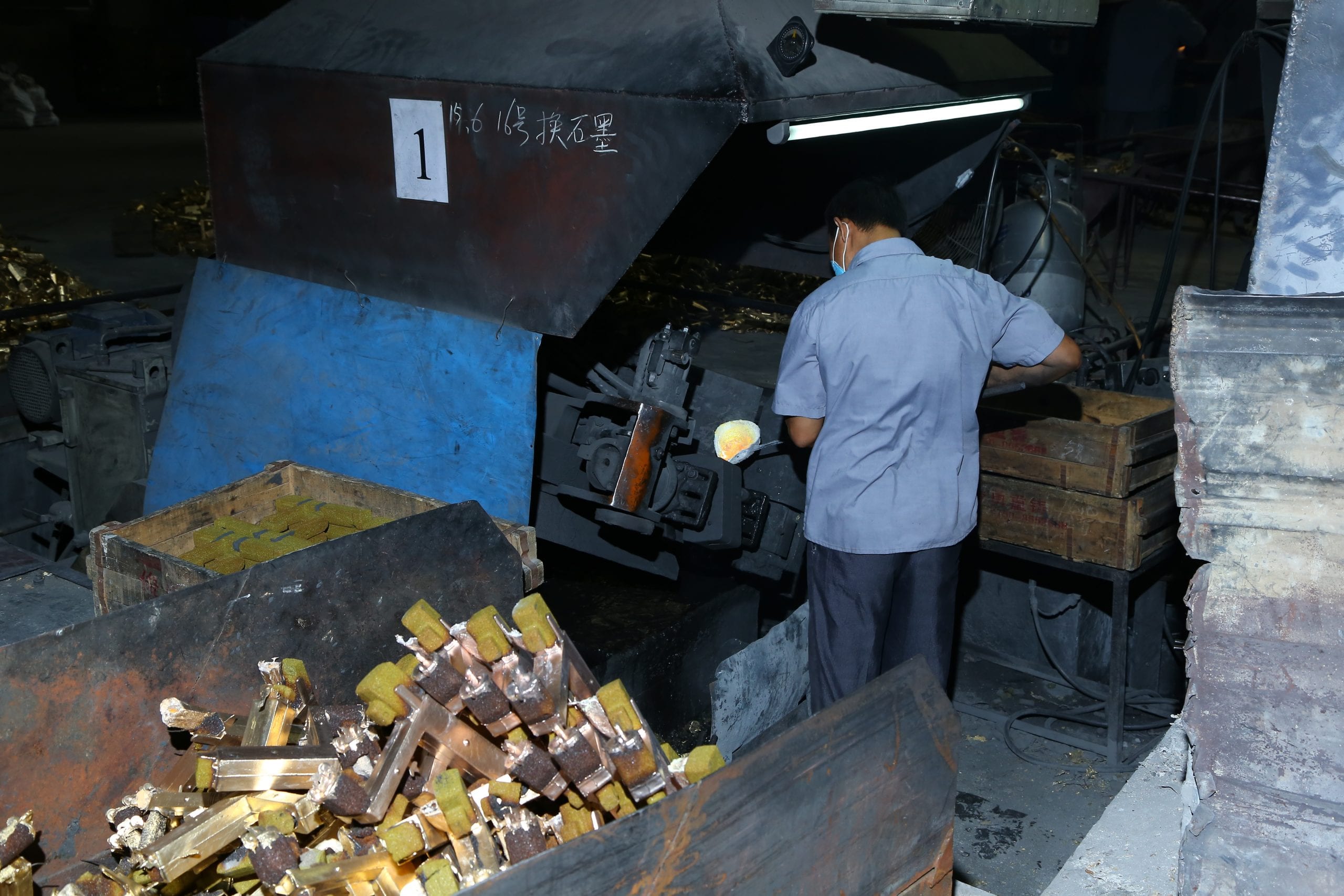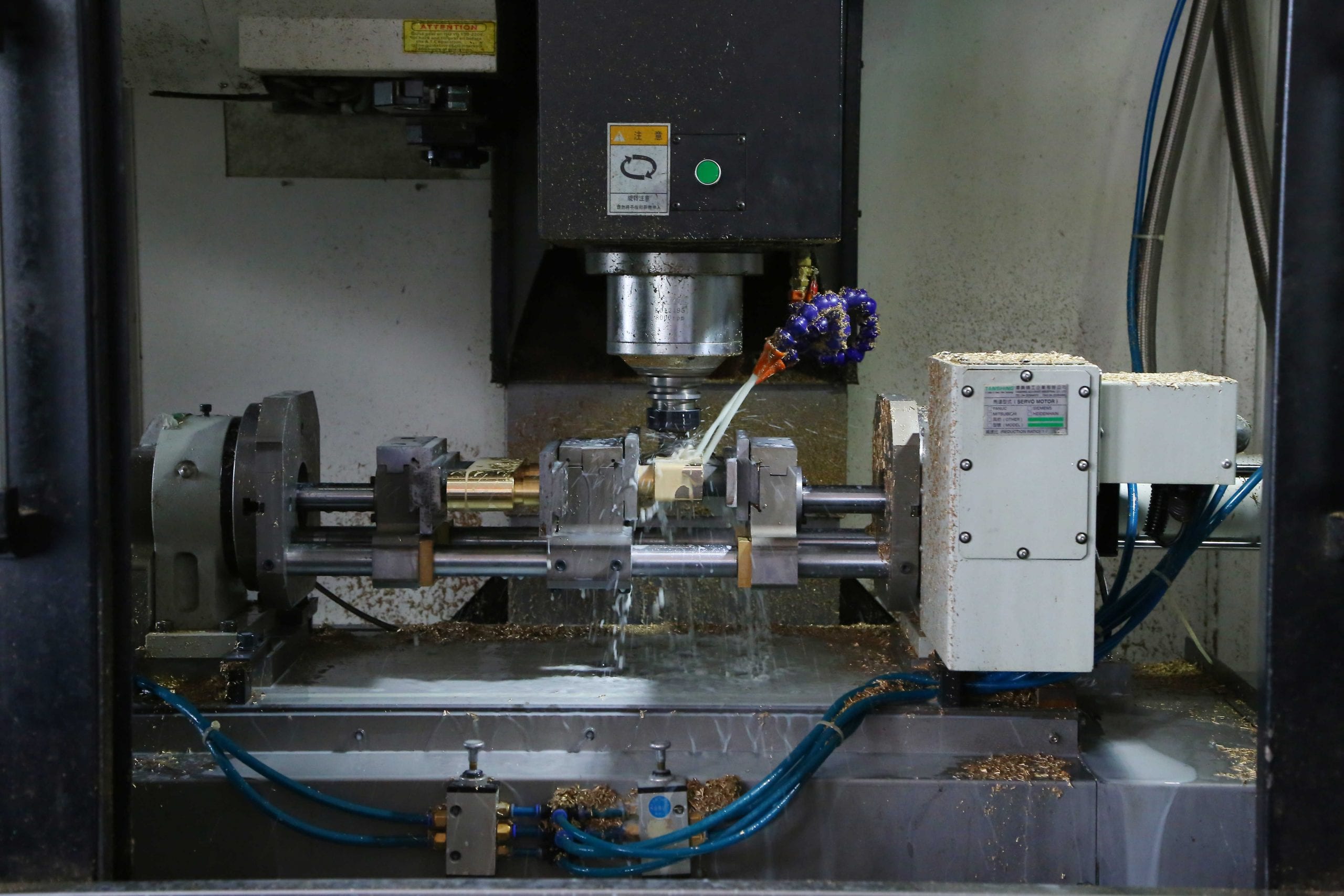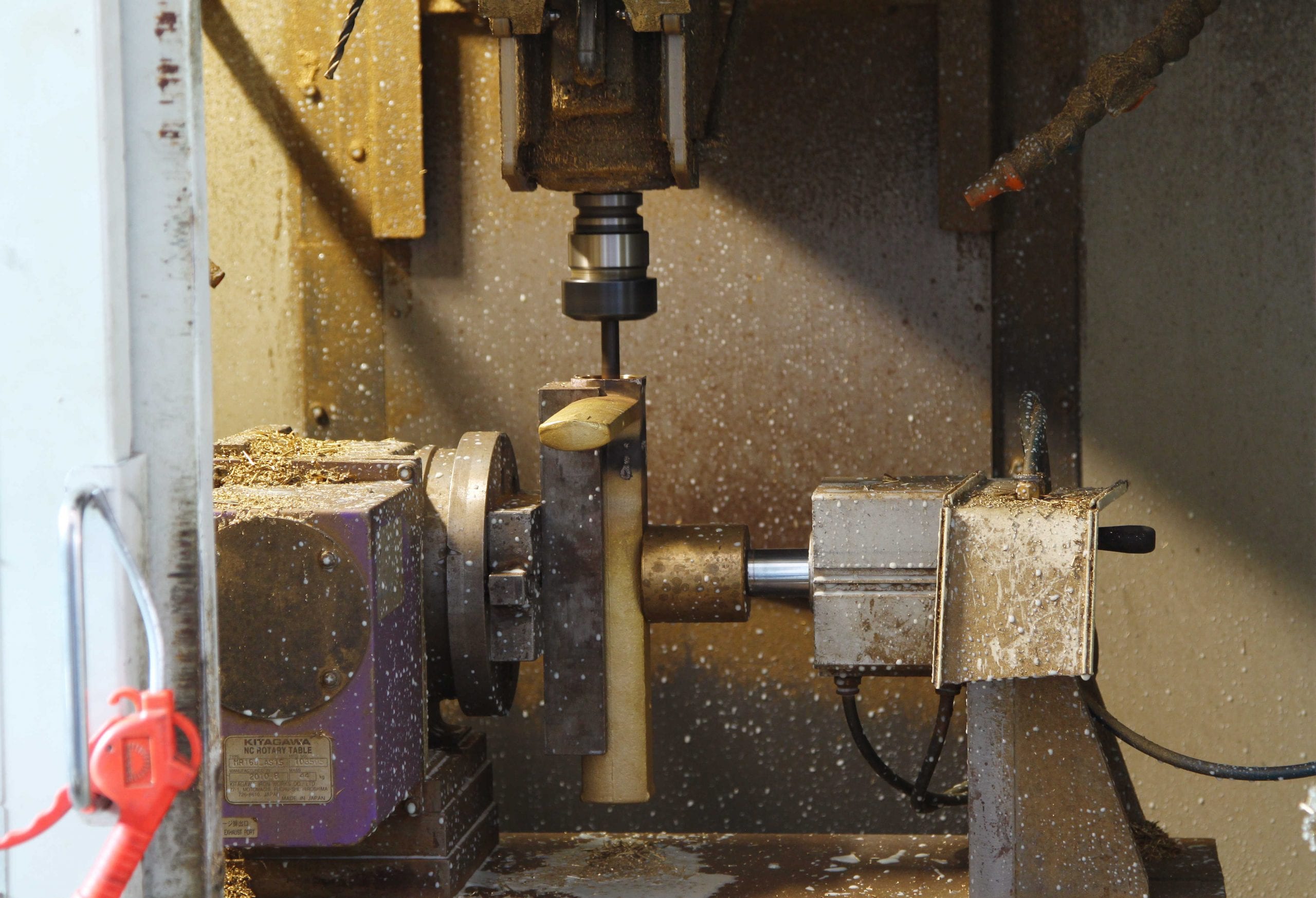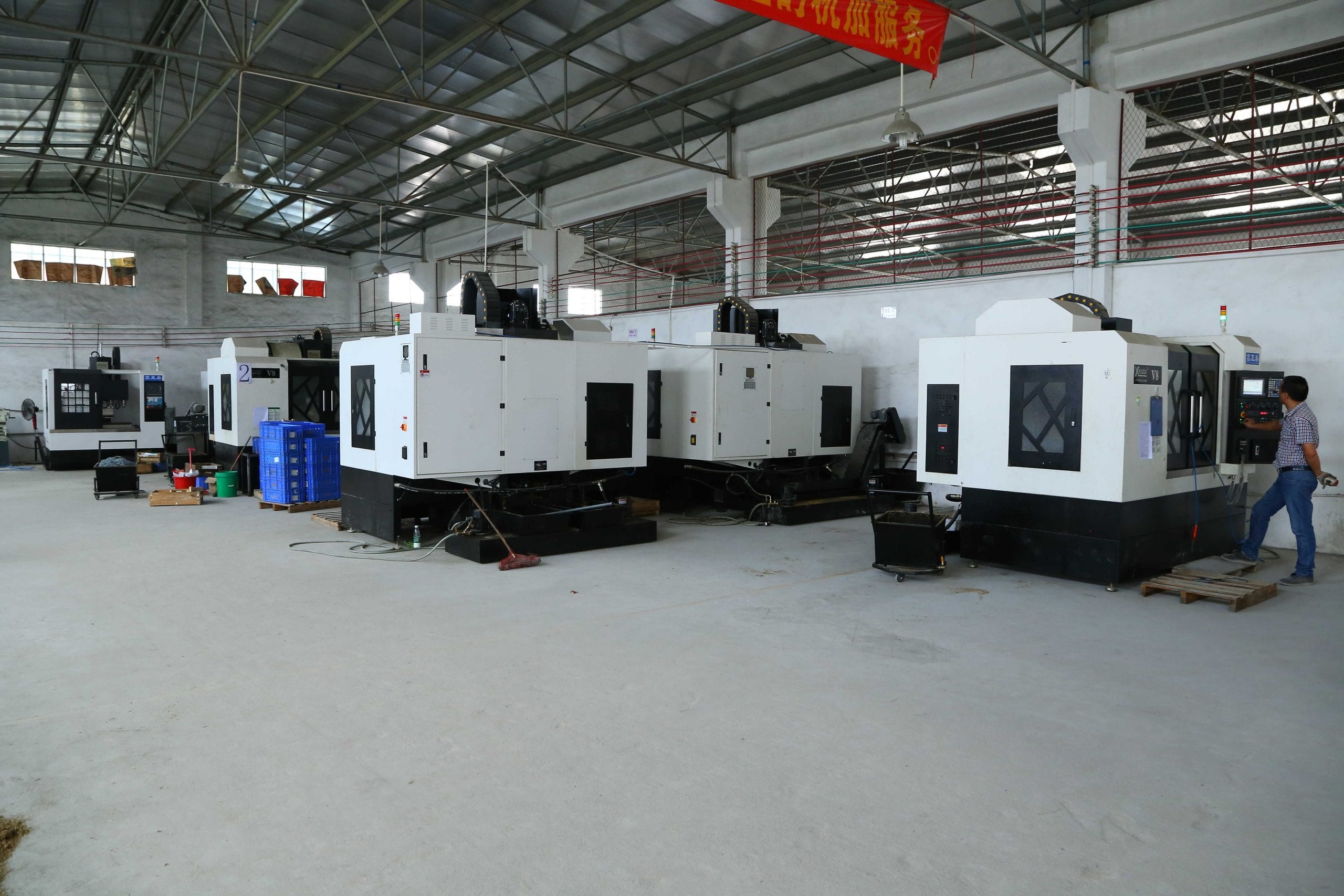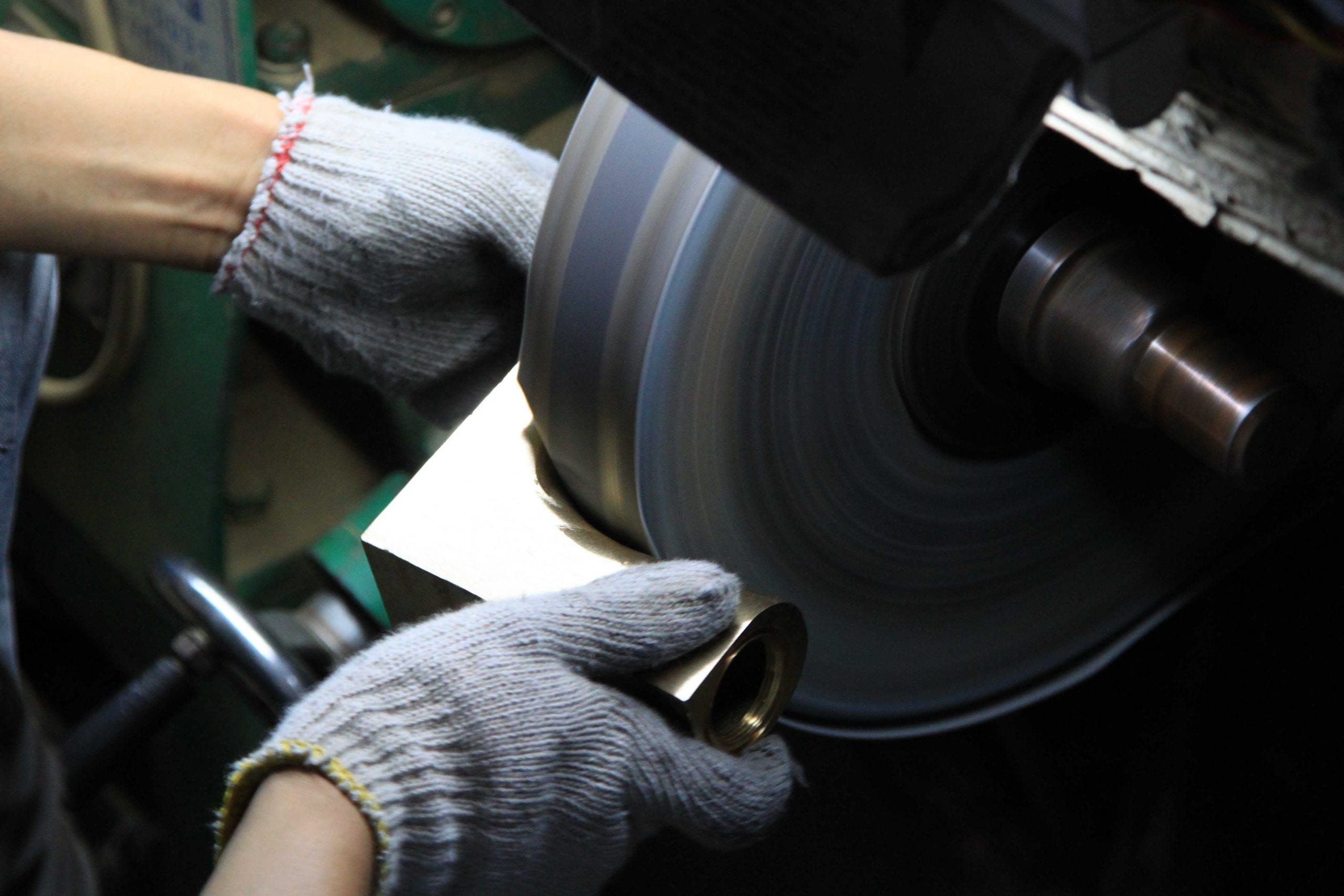It is believed that many people only know the faucet appearance. But they do not really understand how to make a faucet. Then we will summarize the faucet production process in this article.
Unë: what is the casting process of the faucet ?
Casting usually refers to the method of making products from molten alloy materials. At first, the liquid alloy is injected into the pre-prepared mold. After the liquid alloy cool and solidify, you will gain required shape blank or part.
1 Metal casting: It is also known as hard mold manufacturing. It is a casting method of pouring liquid metal into a metal casting to obtain a shape. The mold is made of metal and can be used repeatedly.
2 Sand casting: It is a traditional casting process. It uses sand as the main moulding material to make the mould.
3 Gravity casting: It is also known as metal casting. It refers to the process of injecting molten metal (brass alloy) into the mold under the influence of the earth’s gravity. This hollow mold is made of heat-resistant alloy steel.
4.Casting brass:the raw material for faucet is brass, with good casting properties, mechanical properties, corrosion resistance and The brass has fine structure and compact structure. According to GB/T 1176-1987,ZCuZn40P62(ZHPb59-1) with copper 58% to 63%,is the Ideal faucet material.
5.Core-making machine: it is casting equipment for manufacturing cores.According to the different methods of solid sand,there are jarring core machine,extruding core machine and shooting core machine, etj.
6.Shot blasting machine: The castings finish can be cleaned by the high speed projectile which thrown by the shot blast machine.it also can simultaneously shake out the sand, remove core and clean the casting.
7.Molding machine:Equipment for sand casting,mainly functions is sand filling, such as The machine fills loose sand into the sandbox to compact the sand.
Machining usually refers to the use of metal cutting lathes, milling, drilling, planing, grinding, boring and other machine tools to carry out a variety of cutting operations on the workpiece, so that the workpiece to achieve the desired dimensional accuracy and shape position accuracy and meet the requirements of the drawing.
Lathe: This is a machine tool used to machine the turning surface by rotating the workpiece and moving the feed turning tool. According to use: instrument lathe, horizontal lathe, CNC lathe, etj
Milling machine: This is a machine that mainly uses milling tools to process various surfaces on workpieces. Në përgjithësi, the rotary motion of milling cutter is the main motion, while the motion of workpiece (and milling cutter) is the feed motion.
Drilling machine: This is a machine that mainly uses a drill to process holes on the workpiece. Në përgjithësi, the bit rotates with the main motion, while the bit moves axially with the feed motion.
Iii: Faucet polishing process
Polishing is a process of polishing the surface of a tap by using the high-speed rotation sisal (cloth) wheels machine.
1 Belt polishing grinder: A grinder that polish the faucet by a fast moving belt to make the shape good engouh.
2 Surface grinder: A grinder that using smooth fast moving belt to make the faucet surface looks no flaw and shining.
3 polishing machine: A machine with hemp (cloth) wheel of high-speed rotation, it can be used in the processing of faucet polishing, make it smooth and bright, increase the product brightness and finish.
Iv: Plating
Electroplating is a process in the advantage of metal electrolysis to apply a metal firm on the surface of rusty metal like brass, iron…
Faucet plating process: first ultrasonic waxing, cathodic electrodeposition oil. Electrodegradable oil, activation, roughing, recovery setback, neutralization, surface conditioning, prepreg, sensitization, acceleration, positive electrolysis, negative electrolysis, washing, neutralization, acid copper, activation, cleaning, nickel plating, recovery, cleaning, chrome plating and other copper plating, copper plating can make the plating layer to obtain finer organization, in this way it can cover the small holes and flaws on faucet surface. Nickel plating increases the corrosion resistance of the faucet surface and enables a high degree of polishing. Chrome plating prevents corrosion by keeping it shiny and improves surface hardness for wear resistance. The quality of plating surface treatment is judged by 24-hour acetic acid salt spray test (test equipment is salt spray tester) and plating thickness gauge can be used to identify the thickness of each metal plating layer. In general, the coating thickness is up to standard and the salt spray test is passed. The quality of the exterior plating is fully checked and recorded by the quality inspection.
V: Faucet assembling
Assembly is the process of linking faucet parts together in a certain order and technique, to form a complete set of faucet products that reliably perform the functions. A faucet often consists of several parts, and assembly is at the final stage for the manufacturer, where the quality of the product (from the design of the product, the manufacture of the parts to the assembly of the product) is finally ensured and tested through assembly. Assembly is therefore a key process in determining product quality. The development of a reasonable assembly process, the use of effective assembly methods to ensure the accuracy of the assembly, to ensure and further improve product quality has a very important significance.
VI. Factory inspection of taps (with a dedicated person)
After finished and pass to warehouse, QC will do sampling inspection, inspection steps including: casting surface, threaded surface, appearance of quality, assembly, marking, spool sealing test, faucet sealing performance test. Strict implementation of the sampling program and determine the principle.
Së fundi, to summarize the production process as below:
Sand core molding → sand core testing → casting copper alloy melting → chemical composition analysis test → gravity casting → ceramic sand self-inspection → shot blasting → appearance test → pressure test → machining → appearance test → pressure test → lead release treatment → polishing → appearance test → external plating → appearance test (salt spray test) → assembly → installation process self-inspection → process inspection → water test, pressure test → packaging → finished product inspection → storage → factory inspection.
 Prodhuesi i rubinetit VIGA
Prodhuesi i rubinetit VIGA 
